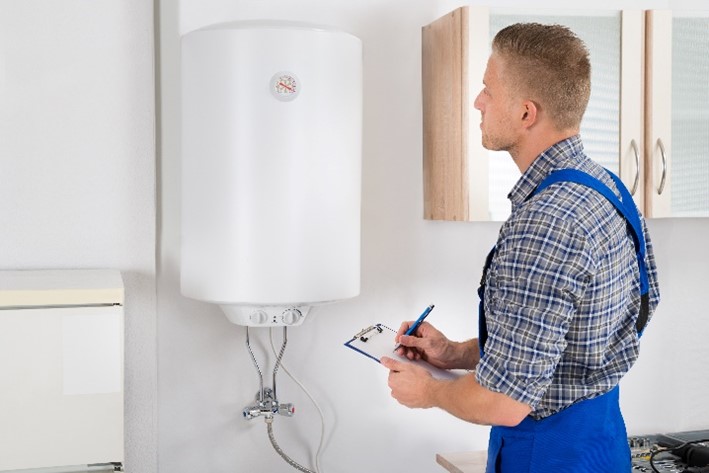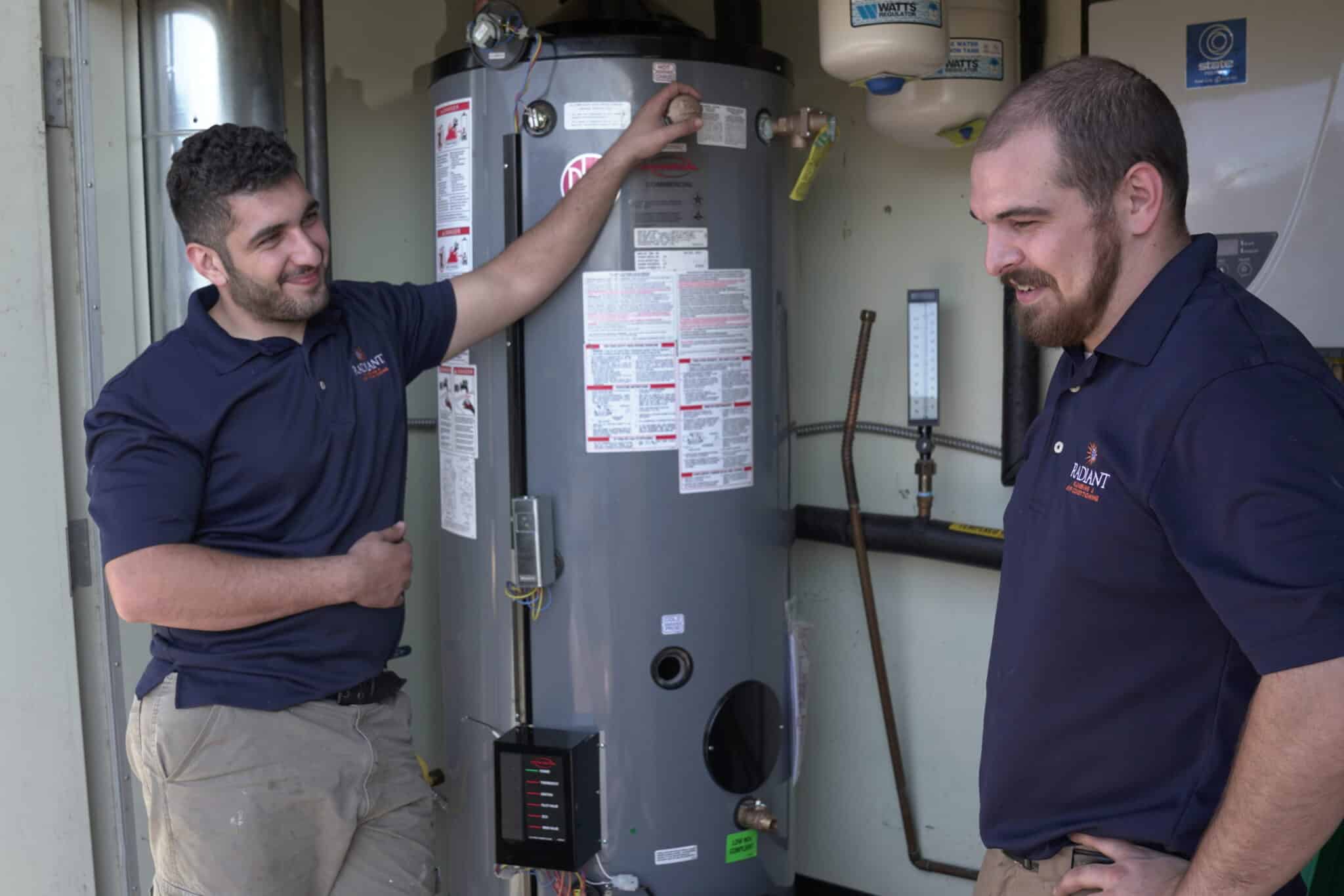Ensuring Longevity of Your Home's Hot Water System: Care Advice
Ensuring Longevity of Your Home's Hot Water System: Care Advice
Blog Article
We have come across this article about Tips For Maintaining Your Hot Water Heater directly below on the net and thought it made good sense to quickly share it with you on this site.

Hot water is important for daily convenience, whether it's for a rejuvenating shower or washing dishes. To guarantee your hot water system runs successfully and lasts longer, regular upkeep is essential. This short article provides functional suggestions and understandings on exactly how to maintain your home's warm water system to avoid disruptions and expensive repair work.
Intro
Maintaining your home's warm water system might appear difficult, but with a few basic steps, you can guarantee it operates efficiently for many years to find. This overview covers everything from recognizing your hot water system to do it yourself maintenance tips and understanding when to employ expert aid.
Significance of Maintaining Your Warm Water System
Regular maintenance not just prolongs the lifespan of your hot water system yet likewise guarantees it operates efficiently. Disregarding maintenance can cause decreased effectiveness, greater energy costs, and even early failure of the system.
Indications Your Warm Water System Needs Maintenance
Recognizing when your hot water system requires attention can avoid significant issues. Watch out for indicators such as inconsistent water temperature level, weird noises from the heating unit, or corroded water.
Understanding Your Hot Water System
Before diving into maintenance tasks, it's handy to understand the fundamental parts of your warm water system. Generally, this consists of the hot water heater itself, pipes, anode rods, and temperature controls.
Regular Monthly Maintenance Tasks
Routine month-to-month checks can help catch minor issues before they intensify.
Flushing the Water Heater
Purging your hot water heater gets rid of debris buildup, improving efficiency and prolonging its life.
Checking and Changing Anode Rods
Anode rods stop rust inside the storage tank. Checking and changing them when worn is vital.
Inspecting and Adjusting Temperature Setups
Readjusting the temperature level setups makes certain optimum efficiency and safety and security.
Do It Yourself Tips for Upkeep
You can do a number of maintenance tasks yourself to maintain your warm water system in top condition.
Checking for Leakages
Consistently evaluate pipelines and links for leakages, as these can cause water damages and higher bills.
Evaluating Pressure Relief Valves
Evaluating the pressure safety valve guarantees it works properly and avoids excessive pressure buildup.
Insulating Pipelines
Insulating warm water pipelines minimizes warm loss and can conserve energy.
When to Call a Professional
While DIY upkeep is valuable, some problems need specialist know-how.
Complicated Issues Calling For Specialist Assistance
Instances consist of significant leaks, electric issues, or if your water heater is consistently underperforming.
Regular Expert Maintenance Benefits
Specialist maintenance can consist of complete evaluations, tune-ups, and ensuring conformity with security standards.
Verdict
Routine upkeep of your home's hot water system is crucial for effectiveness, long life, and price savings. By complying with these tips and recognizing when to seek specialist help, you can make sure a trustworthy supply of hot water without unforeseen disruptions.
How to Maintain an Instant Hot Water Heater
Before tinkering with your hot water heater, make sure that it’s not powered on. You also have to turn off the main circuit breaker and shut off the main gas line to prevent accidents. Also turn off the water valves connected to your unit to prevent water from flowing into and out of the appliance. 2. When you’re done, you have to detach the purge valves’ caps. These look like the letter “T†and are situated on either side of the water valves. Doing so will release any pressure that has accumulated inside the valves while at the same time avoid hot water from shooting out and burning your skin. 3. When the purge valves’ caps are removed, you have to connect your hosing lines to the valves. Your unit should have come with three hoses but if it didn’t, you can purchase these things from any hardware or home repair shops. You can also get them from retail stores that sell water heating systems. Read the user’s manual and follow it to complete this task properly. When the hosing lines are connected, open the purge port’s valves. 4. You should never use harsh chemical cleaners or solutions when cleaning your unit. Make use of white vinegar instead. It should be undiluted and you’ll probably use about 2 gallons. 5. Now flush your water heater. This task should probably take about 40 minutes. We can’t give you specific directions for this because the procedure is carried out depending on the type, model and brand of your heater. With that being said, refer to the user’s manual. 6. When you’re done draining the unit, you have to turn off the purge port valves again. Remove the hosing lines that you earlier installed on each of the water valves. Put the valve caps (purge port) back in their respective places and be very careful so as not to damage the rubber discs that are found inside these caps. 7. Now that everything’s back in place, check your user’s manual again to find out how to reactivate your water heating system. 8. Once it is working, turn one of your hot water faucets on just to let air pass through the heater’s water supply pipes. Leave the tap on until water flows smoothly out of it. https://www.orrplumbing.com/blog/2014/september/how-to-maintain-an-instant-hot-water-heater/

I am very eager about Tips on Maintaining a Water Heater and I am assuming you appreciated our page. In case you appreciated our blog posting kindly remember to share it. Thank-you for going through it.
Schedule Here Report this page